Ficus Pumila, commonly known as the Creeping Fig, is a versatile and aesthetically pleasing plant with numerous benefits. Let’s explore the wonders of this fascinating plant and learn about its characteristics and cultivation methods.
1 What is the Creeping Fig?
Origin and Significance of the Creeping Fig
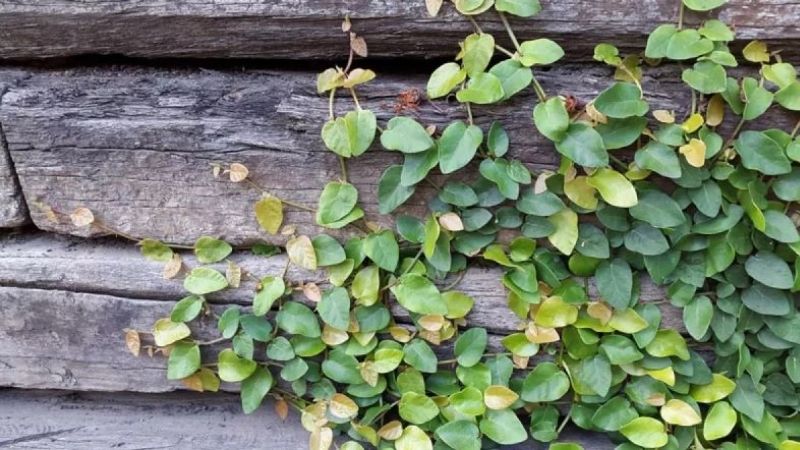 The Creeping Fig goes by many names
The Creeping Fig goes by many names
The Creeping Fig, scientifically known as Ficus Pumila, is also affectionately referred to as the Lizard Tree, Cow Tree, and other names. This versatile plant is a favorite among homeowners for its decorative and functional qualities.
Native to Southeast Asian countries, the Creeping Fig thrives in hot and humid climates, making it well-suited to the Vietnamese environment. With its wall-climbing abilities and robust root system, it produces an abundance of lush foliage, earning the admiration of many.
Feng Shui Significance of the Creeping Fig
Significance: Beyond its practical advantages, the Creeping Fig symbolizes longevity and family unity, adding a deeper meaning to its presence in homes.
 The Creeping Fig is a climbing vine
The Creeping Fig is a climbing vine
Characteristics and Classification of the Creeping Fig
The Creeping Fig is a climbing vine that can reach heights of 3 to 5 meters. Its branches are diverse, and its leaves are heart-shaped with a fine hairy texture. These distinctive features contribute to the plant’s various nicknames.
Additionally, the Creeping Fig is popular due to the variety of leaf colors it offers. Young plants display leaves in shades of pink, transitioning to white or green as they mature. Its low-maintenance nature makes it an ideal choice for home gardens.
2 Benefits of the Creeping Fig
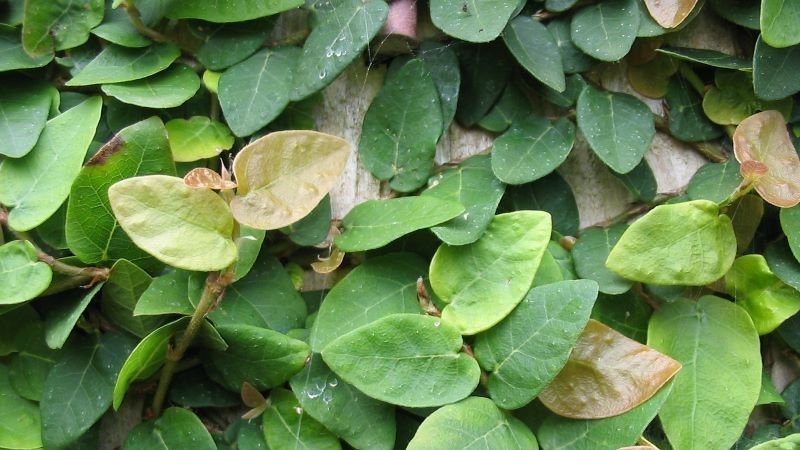 The Creeping Fig offers a multitude of benefits
The Creeping Fig offers a multitude of benefits
Enhancing Your Home’s Aesthetics: The Creeping Fig is an excellent choice for wall coverage, creating a cool and visually appealing environment in your home.
Health Benefits
-
Treating Joint Pain: Utilize the fruits of the Creeping Fig by washing, blending, and boiling them with water. After cooling and filtering, drinking this concoction daily can aid in joint pain management.
-
Cleansing the Body: Blend and strain the fruits with warm water to obtain a juice that, when left to stand, forms a jelly-like substance. Consuming this with sugar can help cool the body during hot days.
-
Addressing Erectile Dysfunction: Surprisingly, the Creeping Fig can assist with this issue. Dry the leaves and branches, then soak them in white wine with black beans for 10-15 days before filtering and drinking the liquid.
3 Cultivation and Care for the Creeping Fig
 The Creeping Fig is easy to cultivate and maintain
The Creeping Fig is easy to cultivate and maintain
Planting the Creeping Fig at Home
The Creeping Fig is inherently low-maintenance and adaptable due to its deep-rooted system. However, for optimal wall coverage, consider the following tips:
-
Initial Planting: Select healthy seedlings, avoiding those with signs of pests or diseases. Opt for plants with vibrant, green foliage.
-
Planting Process: Choose a cool, well-lit location for initial propagation. Once the plant has established growth, transplant it into the ground with a small amount of base fertilizer to promote healthy development.
Caring for the Creeping Fig
The Creeping Fig is self-sufficient and water-retentive, requiring minimal maintenance.
Notes on Cultivation and Care
When cultivating the Creeping Fig, keep the following in mind:
-
Planting Season: Opt for planting between February and April, avoiding excessive heat to promote healthy growth.
-
Soil Type: Select a location with well-aerated, nutrient-rich, and well-drained soil to prevent waterlogging.
-
The Creeping Fig’s roots primarily develop as deep taproots, with only a shallow attachment to walls. Thus, they won’t damage or crack walls. However, prolonged growth may result in discoloration and staining.
-
To address wall stains, consider using cleaning agents, lime, abrasive materials, or repainting the affected area.
4 Five Captivating Images of the Creeping Fig
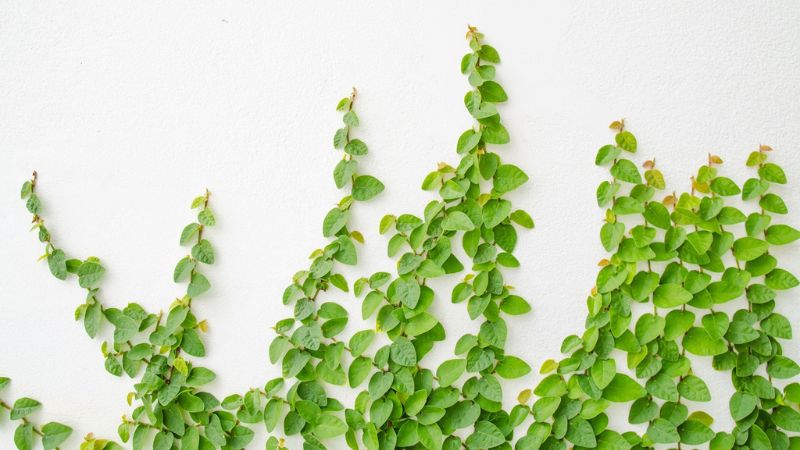 The Creeping Fig, scientifically known as Ficus Pumila
The Creeping Fig, scientifically known as Ficus Pumila
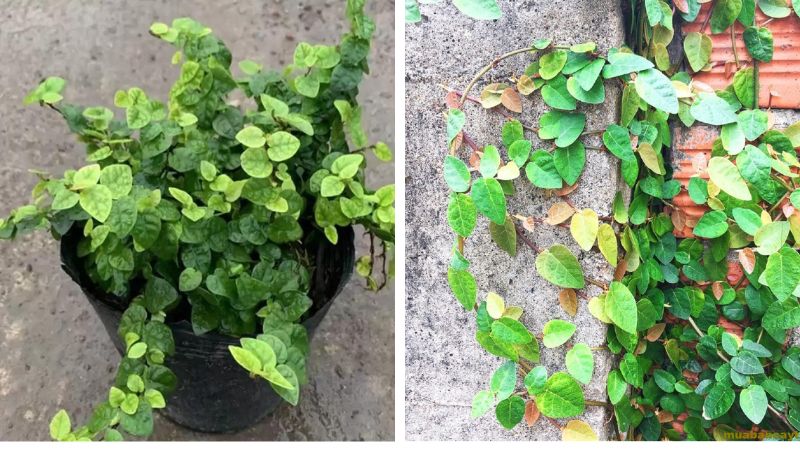 The Creeping Fig is native to Southeast Asian countries
The Creeping Fig is native to Southeast Asian countries
 The Creeping Fig thrives in hot and humid climates
The Creeping Fig thrives in hot and humid climates
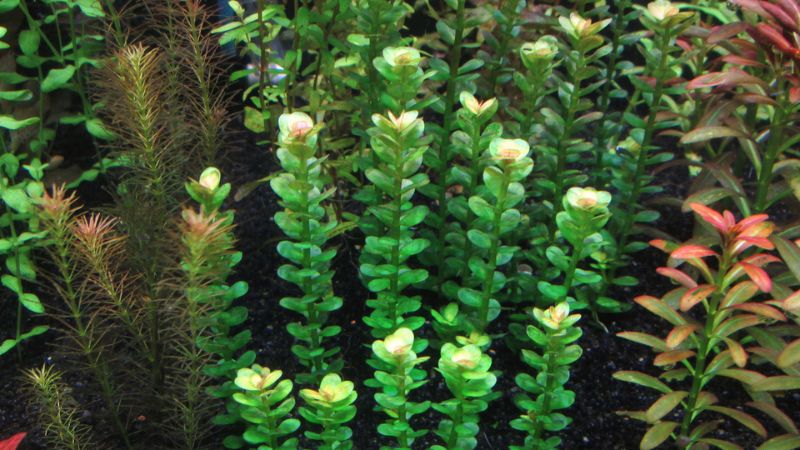 The Creeping Fig can climb walls and boasts a robust root system
The Creeping Fig can climb walls and boasts a robust root system


































